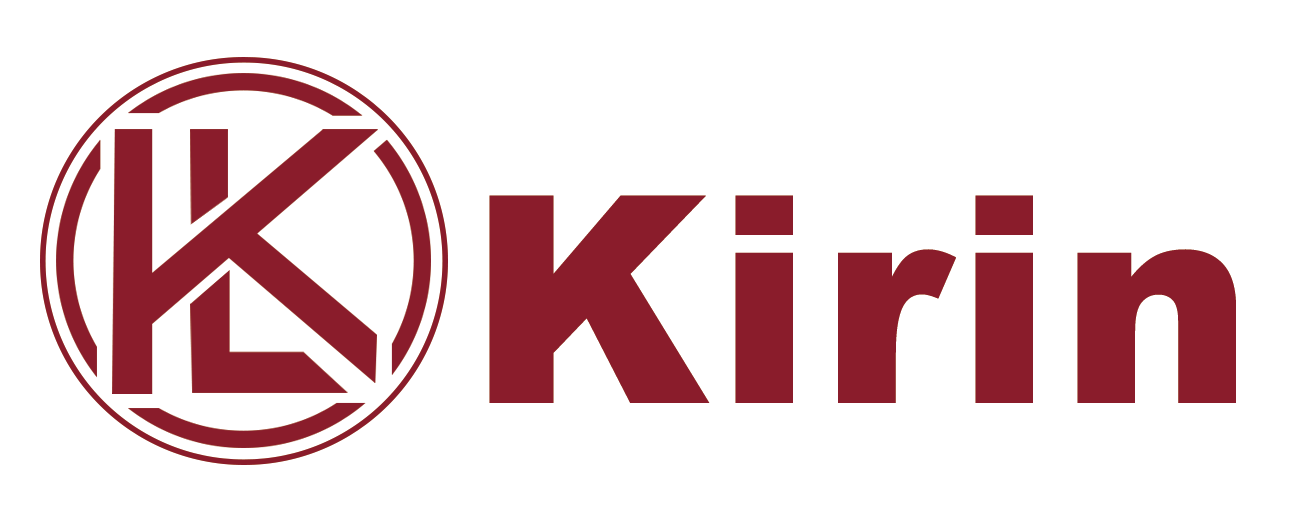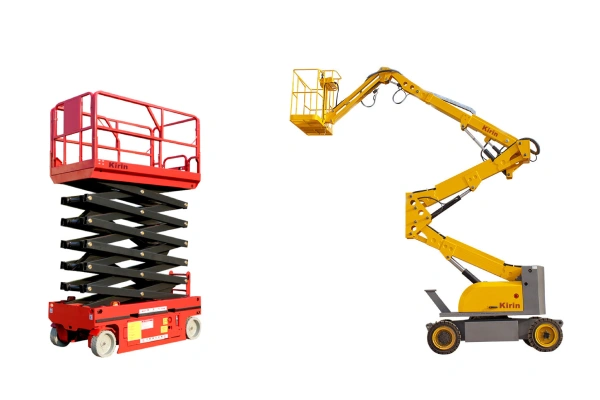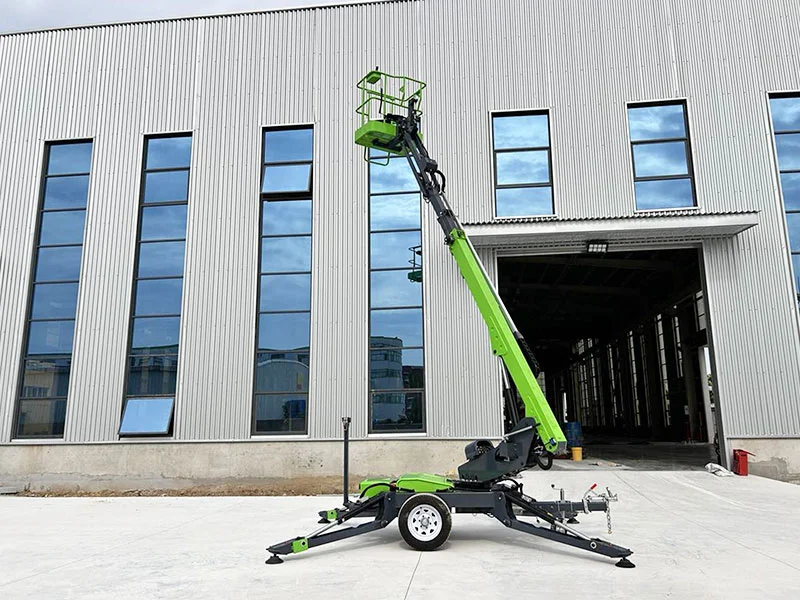
A pull behind boom lift is an invaluable piece of equipment for a wide range of tasks, from tree trimming and exterior painting to construction and maintenance. Its portability and versatility make it a popular choice for homeowners and professionals alike. However, a crucial aspect of safely and effectively operating a pull behind boom lift is understanding its weight capacity. Exceeding this limit can lead to dangerous situations, equipment damage, and even serious injury.
Understanding “Rated Capacity”
When you hear “how much weight can a pull behind boom lift hold?”, the answer revolves around its “rated capacity.” The rated capacity, also known as the working load limit (WLL) or maximum load capacity, is the maximum weight that the manufacturer has deemed safe for the equipment to lift and support. This figure is determined through rigorous testing and engineering calculations, taking into account the lift’s structural integrity, hydraulic system, and stability. It’s not just about the weight of the occupants; it includes tools, materials, and any other items placed on the platform.
Factors Influencing a Pull Behind Boom Lift’s Weight Capacity
Several factors play a role in determining a pull behind boom lift’s weight capacity:
- Model and Manufacturer: Different models from various manufacturers will have varying capacities based on their design and intended use.
- Platform Size: Larger platforms might suggest a higher capacity, but this isn’t always the case directly. The overall design is key.
- Maximum Working Height and Outreach: As a boom extends higher or further horizontally, its stability can decrease, often leading to a slightly reduced capacity at maximum extension.
- Outrigger/Stabilizer Configuration: The proper deployment and design of outriggers are critical for stability and directly impact the safe working load.
- Power Source: While less common, some specialized lifts might have slightly different capacities depending on their power source (e.g., battery vs. gasoline).
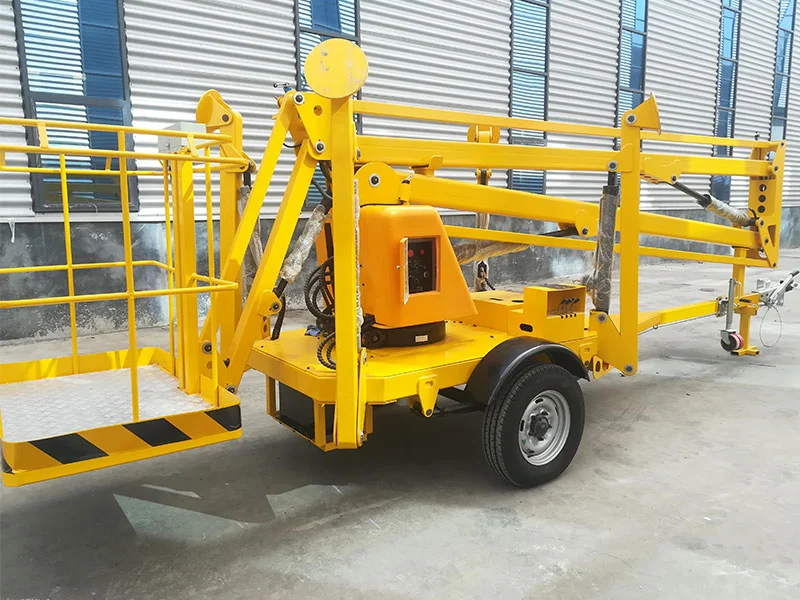
Typical Weight Capacities for Pull Behind Boom Lifts
For most standard pull behind boom lift models commonly available, you can expect weight capacities to range from approximately 300 to 500 pounds (136 to 227 kg). This typically accommodates one or two workers with their tools.
It’s important to note that this is a general range. If you’re looking for a pull behind boom lift for sale and have specific weight requirements, always consult the manufacturer’s specifications for that particular model. Some heavy-duty or specialized tow behind boom lifts might offer slightly higher capacities, but these are less common for the typical consumer or light commercial user.
The Dangers of Exceeding Capacity
Overloading a pull behind boom lift is incredibly dangerous and can lead to:
- Tip-Over: The most immediate and severe risk. Exceeding the weight limit compromises the lift’s stability, making it prone to tipping, especially when the boom is extended.
- Structural Failure: Components like the boom arm, platform, or hydraulic cylinders can fail under excessive stress.
- Hydraulic System Malfunction: Overloading can strain the hydraulic pump and lines, leading to leaks, reduced performance, or complete system failure.
- Brake System Failure (when towing): While not directly related to lifting capacity, an overloaded tow behind boom lift is heavier, putting more strain on the towing vehicle’s brakes.
- Voided Warranty: Operating the equipment outside of its specified limits will almost certainly void the manufacturer’s warranty.
How to Determine a Specific Pull Behind Boom Lift’s Capacity
The most reliable way to determine the weight capacity of a specific pull behind boom lift is to:
- Check the Manufacturer’s Data Plate/Sticker: Every legitimate pull behind boom lift will have a data plate or sticker permanently affixed to the machine. This plate will clearly list the rated capacity, serial number, model number, and other important specifications.
- Consult the Operator’s Manual: The operator’s manual is an invaluable resource that provides detailed information on all aspects of the lift’s operation, including its weight capacity, safe operating procedures, and maintenance guidelines.
- Manufacturer’s Website: If you can’t locate the data plate or manual, the manufacturer’s official website will usually have specifications for their models. If you are considering a pull behind boom lift for sale, make sure to get all the specification details from the seller.
Safety Best Practices When Operating a Pull Behind Boom Lift
Beyond understanding weight capacity, adhering to general safety practices is paramount:
- Always Perform a Pre-Operation Inspection: Check tires, hydraulic lines, controls, and safety features before each use.
- Ensure Level Ground: Always set up the pull behind boom lift on firm, level ground. Use outriggers correctly and ensure they are fully extended and properly supported.
- Never Stand on Guardrails: Keep all body parts, tools, and materials inside the platform.
- Wear Appropriate Personal Protective Equipment (PPE): This includes a hard hat, safety glasses, and a fall arrest harness if required by regulations or the task.
- Maintain a Safe Distance from Power Lines: Be acutely aware of overhead power lines and maintain the minimum safe approach distance.
- Do Not Operate in High Winds: High winds can significantly reduce stability and increase the risk of tipping.
- Avoid Overreaching: Do not try to extend beyond the safe working envelope of the pull behind boom lift. Reposition the lift if necessary.
- Proper Training: Ensure all operators are properly trained and familiar with the specific model of pull behind boom lift they are using.
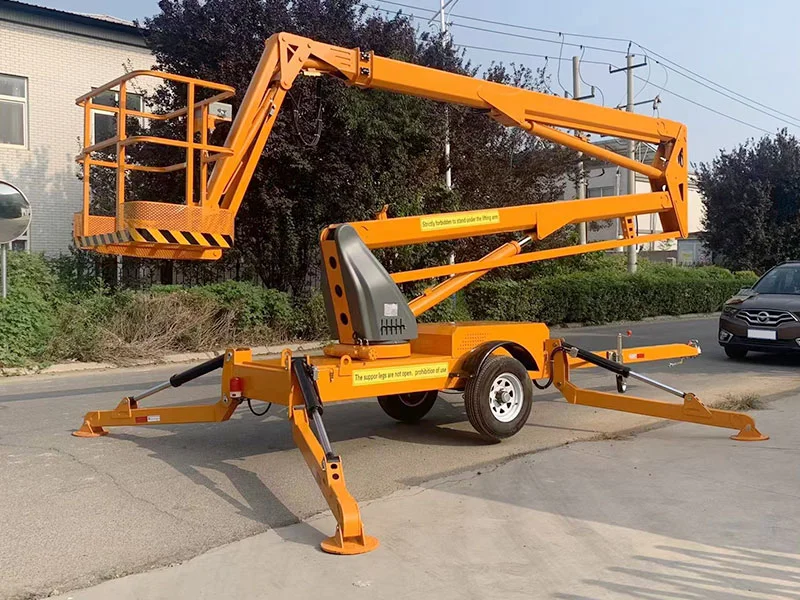
Conclusion
Knowing how much weight a pull behind boom lift can hold is not just a technical detail; it’s a fundamental aspect of safe operation. By understanding “rated capacity,” considering the factors that influence it, and strictly adhering to safety guidelines, you can ensure that your work with a pull behind boom lift is both productive and secure. Always prioritize safety, consult your equipment’s specific information, and never hesitate to seek professional guidance when in doubt. Whether you’re looking for a new or used pull behind boom lift for sale, prioritize safety features and reliable specifications.
Frequently Asked Questions
Q: Can a pull behind boom lift lift more than one person?
A: Many pull behind boom lift models are designed to safely lift one or two people, depending on their individual weight and the weight of tools. Always check the rated capacity of the specific model.
Q: What happens if I put too much weight on a pull behind boom lift?
A: Overloading can cause the lift to become unstable and tip over, leading to serious injury or death. It can also damage the lift’s structure and hydraulic system.
Q: Where can I find the weight capacity of my pull behind boom lift?
A: The weight capacity is typically listed on a data plate or sticker on the lift itself, in the operator’s manual, or on the manufacturer’s website.
Q: Are all tow behind boom lifts the same capacity?
A: No, weight capacities vary significantly between different models and manufacturers of tow behind boom lifts. Always verify the capacity of the specific unit you are using.
